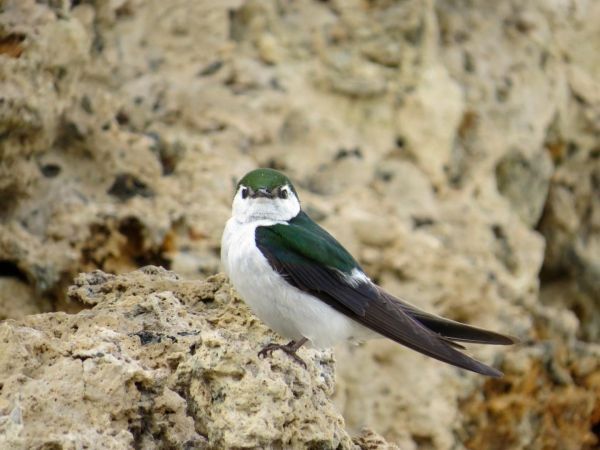As temperatures rise, desert birds need more water to cool off at the same time as deserts are becoming drier, setting some species up for a severe crash, if not extinction, according to a new study from the University of California, Berkeley.
The team that last year documented a collapse of bird communities in Mojave Desert over the last century — 29 percent of the 135 bird species that were present 100 years ago are less common and less widespread today — has now identified a likely cause: heat stress associated with climate change.
The researchers’ latest findings, part of UC Berkeley’s Grinnell Resurvey Project, come from comparing levels of species declines to computer simulations of how “virtual birds” must deal with heat on an average hot day in Death Valley, which can be in the 30s Celsius — 90s Fahrenheit — with low humidity. These temperatures are, on average, 2 C (3.6 F) hotter than 100 years ago. The birds that the model predicted would require the most extra water today, compared to a 100 years ago, were the species that had declined the most in the Mojave Desert over the past century. The desert straddles the border between California and Nevada.
The most threatened turn out to be larger birds, and those that have an insect or animal diet.
Read more at University of California - Berkeley
Image: A violet-green swallow in the California desert. Larger birds like these, which get most of their water from insects, are at risk as desert temperatures increase and they need more water -- and thus more food -- to keep cool. (Credit: Image courtesy of Sean Peterson)


